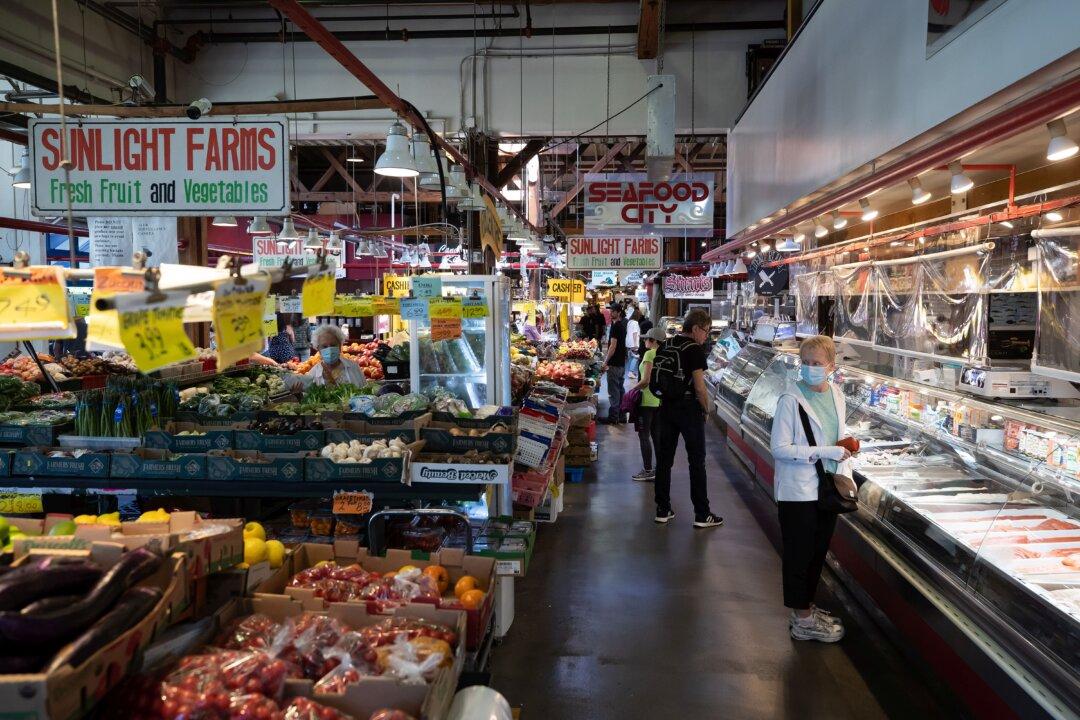Canadians have only a few grocery giants from which to choose and that lack of competition means higher prices, lower product quality, and less choice, according to a new report by the Canadian Competition Bureau.
The federal department released a grocery market study report, “Canada Needs More Grocery Competition,” on June 27, saying grocery prices have risen at the fastest rate in the country in more than 40 years.





